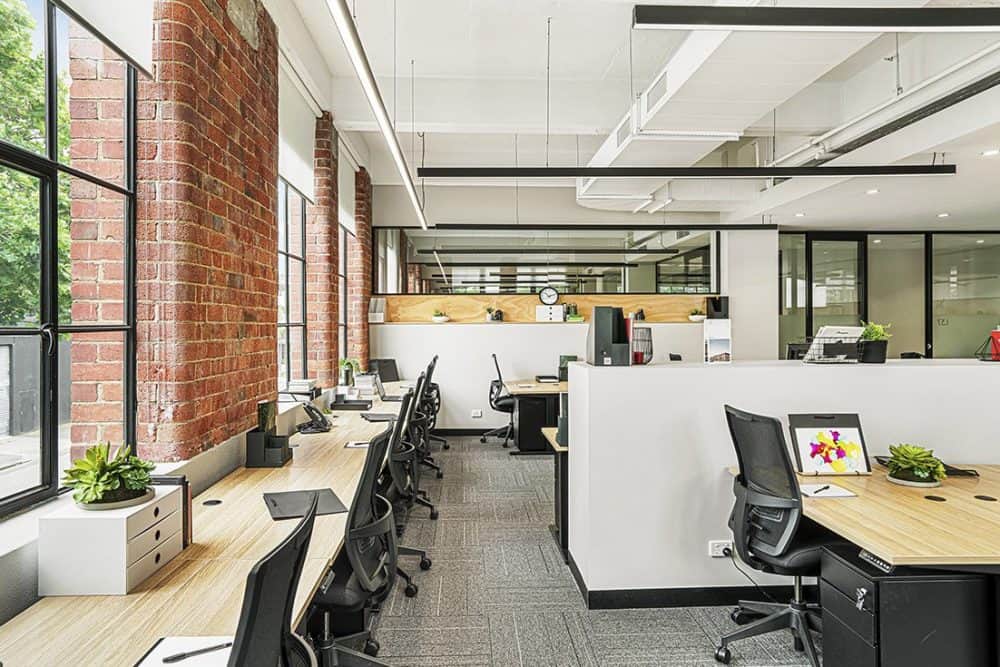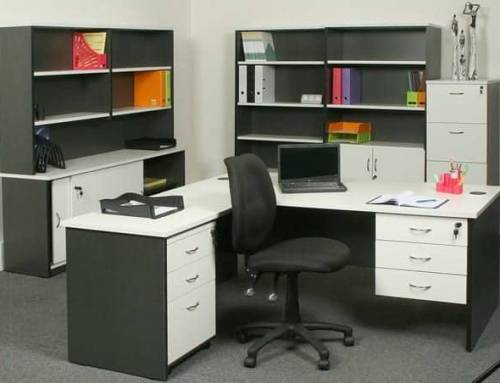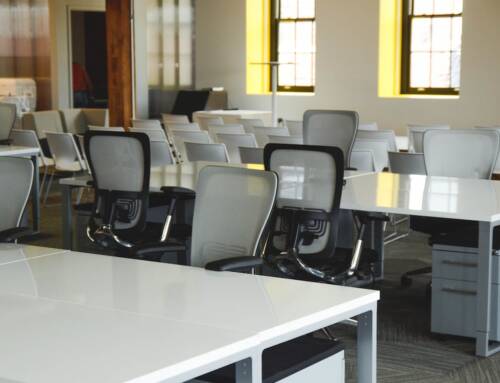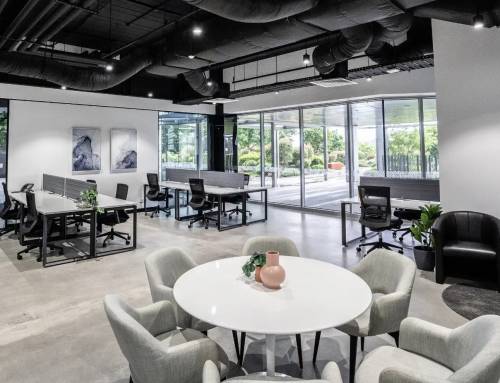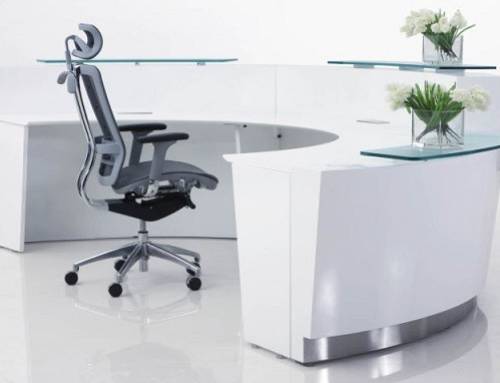In the realm of business finance, understanding how to correctly and effectively allocate costs is a cornerstone of efficient financial management. One area often clamoring for clarification relates to office furniture and tax depreciation. In this blog post, we will delve into the specifics of depreciating office furniture on your company’s tax return in Australia, with an aim to dispel ambiguity and provide actionable insights.
Depreciating Office Furniture: Understanding the Basics
Depreciation, in a financial and tax planning context, is a process wherein the cost of a tangible asset is spread across its useful life years. Essentially, it’s a way of allocating the cost of an asset over the time the asset is in service. For businesses, depreciation is vital for tax deductions and financial reporting.
Depreciating Office Furniture on Tax Returns: Is it Possible in Australia?
The answer is a resounding yes! In Australia, office furniture is categorized as a depreciable asset. As a result, businesses can depreciate the cost of the furniture on their tax returns and claim tax deductions.
Revenue Procedure 2019-08 offers a framework for calculating the depreciation of assets, including office furniture, for tax compliance. With the Declining Balance Method being the most common method for depreciating office furniture. Companies can also allocate the cost as an expense against their income.
Australia’s Tax Regulations: Depreciating Office Furniture
Under Australia’s tax regulations, businesses can apply different depreciation methods through the Australian Taxation Office’s (ATO) simplified depreciation rules. These methods include:
- Instant Asset Write-Off: This allows small businesses to instantly deduct the full value of most assets up to a specific limit in the year of purchase. The threshold for this write-off fluctuates and should be monitored on the ATO’s website.
- Simplified Depreciation: Businesses may use the simplified depreciation rules under the Small Business Entity (SBE) regime if they have an aggregated annual turnover of less than AUD 10 million. Under this, assets are pooled into a General Small Business Pool, with a uniform depreciation rate applied to all assets.
- Uniform Capital Allowances (UCA): Businesses not eligible for Instant Asset Write-Off or simplified depreciation can use the UCA system. Depreciation rates and methods vary based on the asset’s effective life.
Steps To Depreciate Office Furniture on Your Australian Tax Return
Claiming depreciation for your office furniture on your tax return involves the following steps:
- Determine the Effective Life: The classification and useful life of office furniture are outlined by the ATO – used to calculate the furniture’s depreciation.
- Select the Appropriate Method: The applicable depreciation method, such as Immediate Write-Off or Simplified Depreciation, must be chosen.
- Record Keeping: Documentation should be well-maintained and readily available, including invoices and receipts from furniture purchases.
- File Your Tax Return: Declare the depreciation amount on the dedicated section of the tax return. For any confusion, consult a tax professional for help.
The tax landscape is constantly evolving, so staying abreast of changes in tax laws and regulations is crucial.
In Summary
So, can office furniture be depreciated? Yes, office furniture qualifies as a depreciable asset per Australian tax guidelines, providing firms with tax deductions and other financial benefits.
However, understanding the intricacies of depreciating office furniture upon your tax return is no simple task, so it’s often wise to enlist the expertise of a professional tax consultant or accountant to guarantee accurate calculations and compliance with Australian laws and regulations.
By building upon a foundation of sound tax strategies, corporations can optimize their financial management, ultimately supporting successful, sustainable operations.

